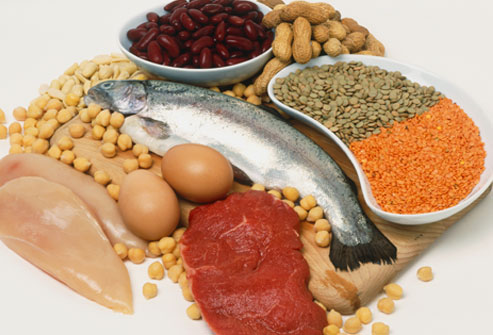Image: https://www.pinterest.com/pin/210472982559245526/
tients
with ARDS have increased protein requirements because of the rapid
protein turnover known to occur in hypermetabolic states - See more at:
http://www.rtmagazine.com/2007/02/nutritional-management-of-ventilated-patients/#sthash.cumCnabh.dpuf
tients
with ARDS have increased protein requirements because of the rapid
protein turnover known to occur in hypermetabolic states - See more at:
http://www.rtmagazine.com/2007/02/nutritional-management-of-ventilated-patients/#sthash.cumCnabh.dpuf
tients
with ARDS have increased protein requirements because of the rapid
protein turnover known to occur in hypermetabolic states - See more at:
http://www.rtmagazine.com/2007/02/nutritional-management-of-ventilated-patients/#sthash.cumCnabh.dpu
To improve the respiratory and mental state of a patient, the protein intake should be increased. Protein can help with reducing carbon dioxide levels in the blood, stimulating protein synthesis, preventing muscle atrophy, and maintaining lung strength.- Increase protein intake Protein: 1.5–2 g/ kg (normal protein intake is 1.2-1.7 g/kg)
Monitor fluid intake – Because the alveoli in the lungs are already filled with fluid, an ARDS patient needs to be very careful about how much fluid they are consuming. Too much fluid in the body can lead to build up in the lungs. However,
too little fluid can cause the organs and heart to become strained.
| Nutrients | Benefits |
| Vitamin C (fruits, leafy greens) | May alleviate inflammation in your respiratory system |
| Omega-3 fats (salmon, supplements) | May improve breathing difficulty |
| Probiotics (yogurt, cultured milk) | May prevent respiratory infections |
Chart from: http://www.livestrong.com/article/351464-foods-that-help-the-respiratory-system/
References: http://www.khsanantonio.com/uploadedFiles/Hosp_-_khsanantoniocom/About_Us/Content/Nutrition%20for%20Respiratory%20Disease.pd, https://books.google.com/books?id=S5oCjZZZ1ggC&pg=PA1466&lpg=PA1466&dq=how+much+fluid+intake+should+an+ards+patient+consume&source=bl&ots=2xLIzWjFAu&sig=ezJHtETHoW25aAd6PAs372cWvl4&hl=en&sa=X&ved=0ahUKEwjD96Twm7nJAhWNLYgKHSeiD5YQ6AEINDAD#v=onepage&q=how%20much%20fluid%20intake%20should%20an%20ards%20patient%20consume&f=false

No comments:
Post a Comment